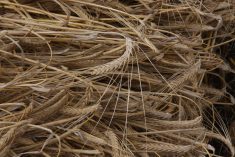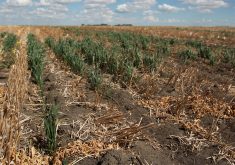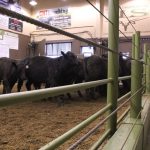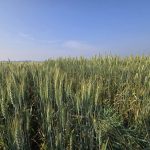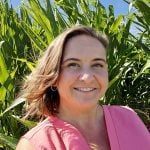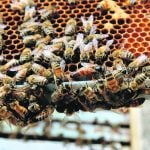Try before you buy.
Sound advice. But many changes to livestock operations can only be measured after the fact – when the money has already been spent.
Roger Cohen set out in 1993 to change that and, in the process, improve the sustainability and profitability of cattle operations.
A professor of animal science at the University of Saskatchewan, Cohen began working with an Australian company that was already designing a computer program able to evaluate variables faced by cattle producers.
The software analyzes all elements of cattle production from soil types, forage cropping and pasture management to feeding supplements for finishing cattle and cross-breeding decisions for herd design.
Read Also
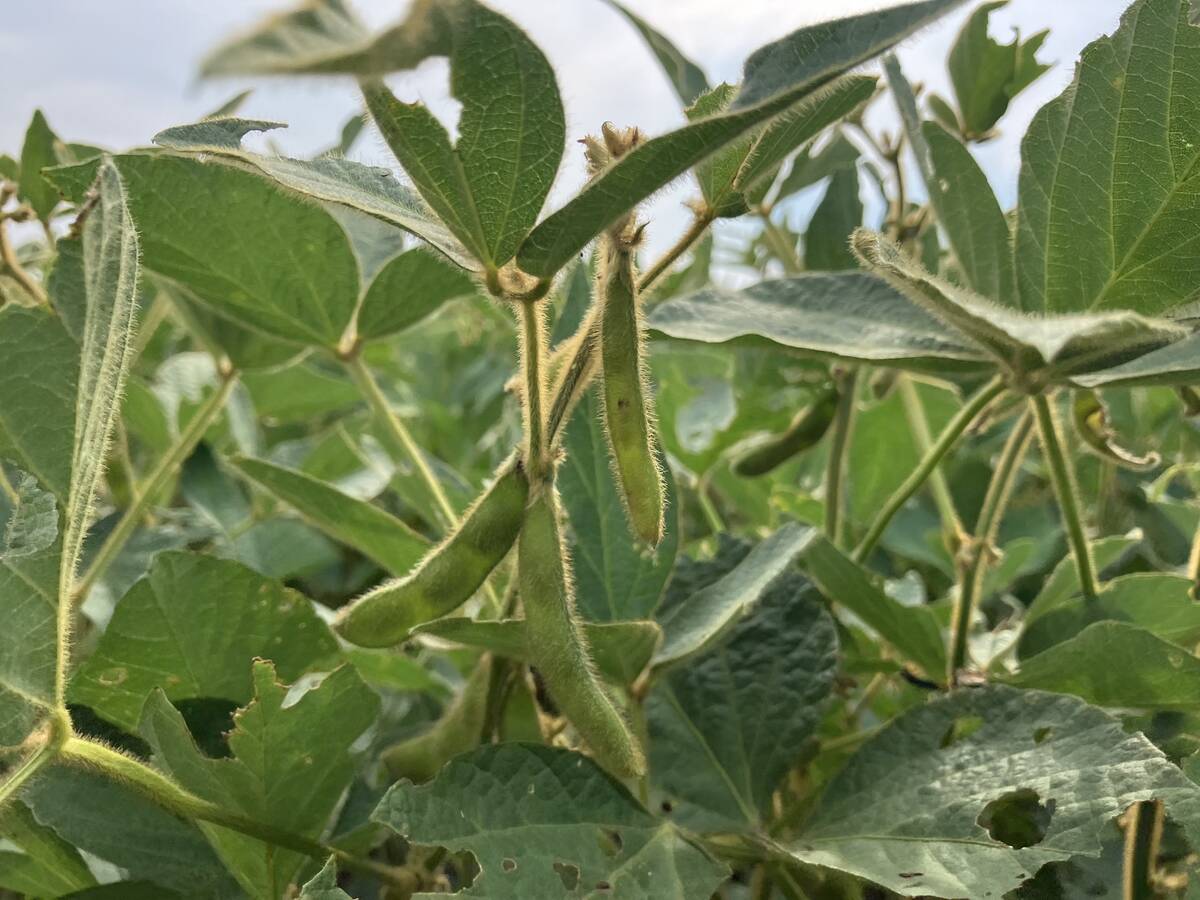
U.S. loses out on sales of soybean to China
U.S. soybean exporters risk missing out on billions of dollars worth of sales to China this year as trade talks drag on and buyers in the top oilseed importer lock in cargoes from Brazil.
Released in Australia this summer, the program had to undergo major changes for Canadian use.
The program operates in two parts: the software that analyzes the decisions made by a producer and the database that contains the agronomic information such as common breeds of western Canadian cattle, grasses and plants, and Canadian regional weather conditions.
“We now have 18 different grass, cereal and legume species in the database, including native grasses, winter wheat, fall rye and alfalfa,” said Cohen. “The producer can specify several different blends of these in a pasture as well.”
Much of the data used by the ranching simulation program has come from decades of testing done at experimental farms, research stations and universities across Western Canada.
Producers using the software can predict how a herd will respond to different pastures and grazing methods. Average weather data is contained in a grid able to isolate a 15 kilometre zone anywhere on the Prairies.
An attempt at reality
Milk production from various breeds is included. Winter feeding, winter grazing, weaning and shipping weights all can be entered into the program.
“Producers will be able to make better decisions because of the detail generated by the program. They can try different combinations of changes to their operations without having to risk any money to find out whether or not it might work,” said Cohen.
Due to the amount of detail the program requires in order to provide accurate reports, Cohen plans to use a series of educational seminars to sell the software to farm and ranch suppliers, financial institutions and agrologists. Cattle producers could then hire those suppliers and consultants to enter the information and generate the reports.
Funding for Cohen’s project has been limited to a few grants. Saskatchewan Agriculture Development Fund and Agrium Inc. are the only sources of support for the software’s development.
“It was a hard concept to sell but now we have operating software that potential supporters can see, so I am hoping we will be able to get further funding this winter,” said Cohen.
Training seminars and a release of the software will begin in the fall of 1998. The software, which includes the training seminar and support, is expected to cost between $500 and $1,000.





